Introduction
This project was an exploration of traditional Trencadis using robotic assembly system. Inspired by spirals in nature, we explored entropy and how we can achieve order from chaos, from broken irregular pieces of ceramics. We chose spirals as the symbol of emergent order.
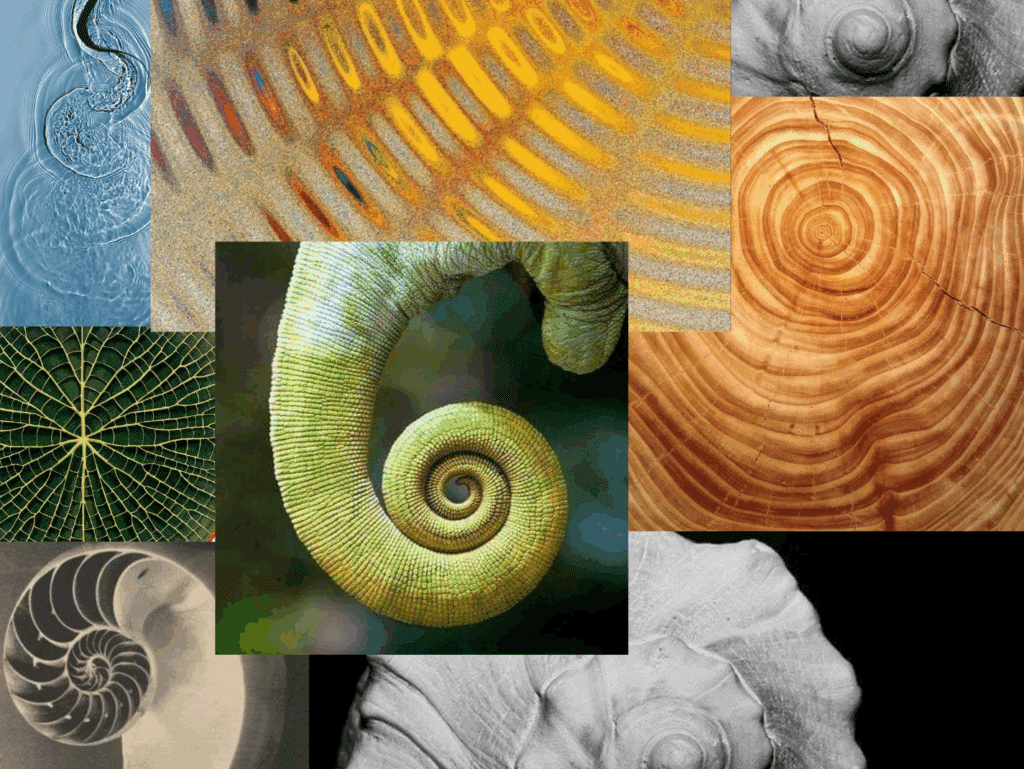
Context
Barcelona’s architectural identity is deeply tied to Trencadís, a mosaic technique that celebrates imperfection by transforming broken ceramics into intricate compositions, pioneered by Antoni Gaudí. Inspired by this local craft, the project reimagines Trencadís through robotic fabrication.
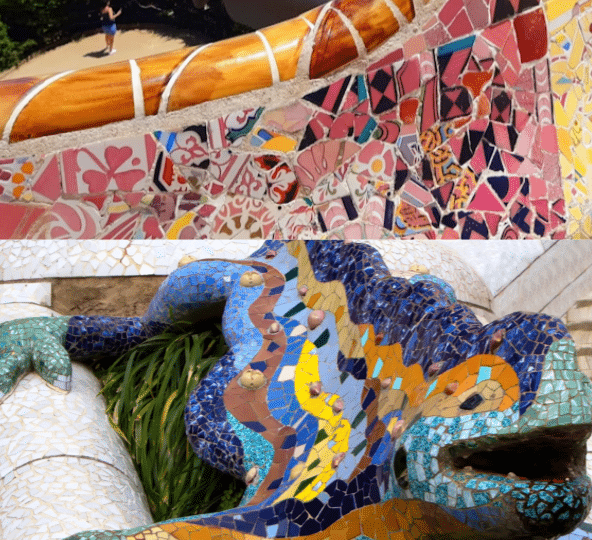
Up to 30% of the ceramics produced worldwide are expected to be wasted. – Husein, G. F. et. al. 2025.
Methodology
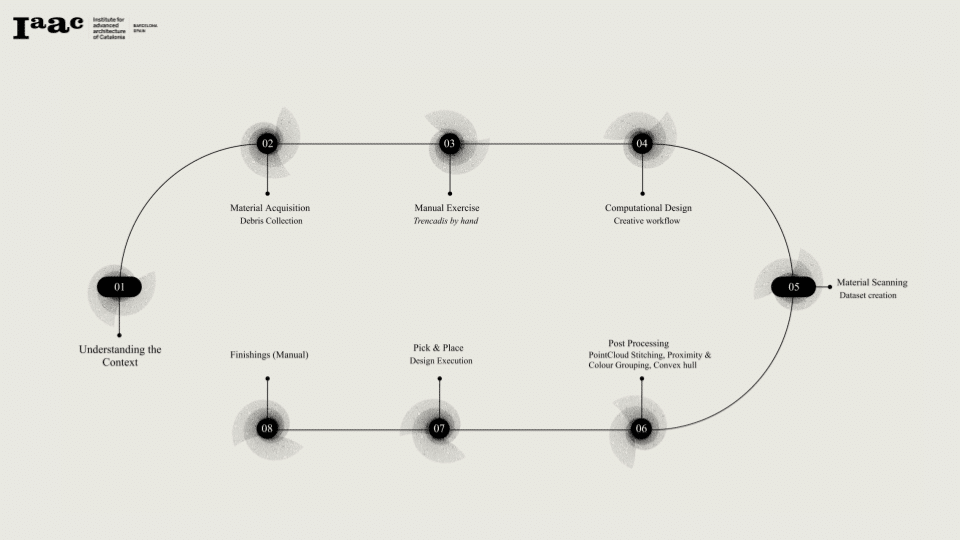
The design concept is based on spirals– exploring regeneration, growth, and continuity. The spiral operates as a guiding geometry that defines the placement, orientation, and density of the tile fragments. Through parametric design tools, the spiral pattern adapts dynamically to the available tiles, producing unique compositions that balance organic flow with robotic precision.
The Robotic Process
The fabrication process begins with the collection and cleaning of broken tiles. Each piece is then scanned and digitally catalogued based on color, size, and edge geometry. Using computer vision and sorting algorithms, the system identifies suitable fragments for each position within the spiral pattern. A robotic arm, equipped with a suction tool, picks and places each tile according to pre-programmed toolpaths generated in Grasshopper.
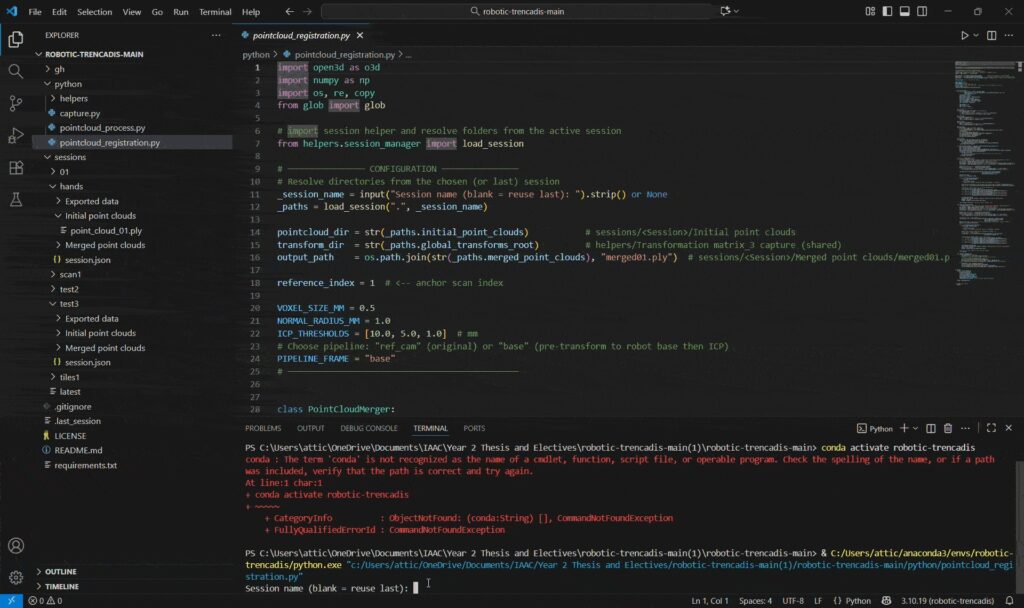

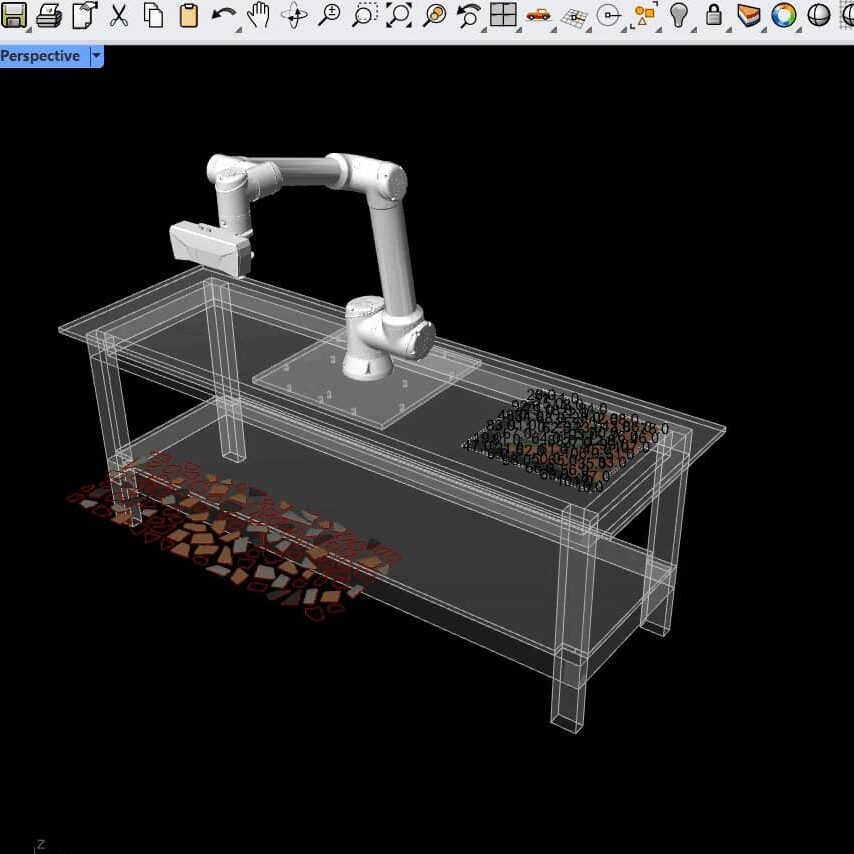
Manual Finishing
After the pick and place process is completed, the mesh with the tiles is placed on a thin layer of mortar, into the wooden base (which has been previously treated with a waterproofing layer of tile glue). After this layer of mortar is dry, we fill in the tile gaps with mortar. Excess mortar is wiped clean with a wet sponge and a clean tile surface is achieved.

